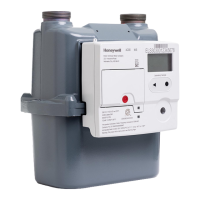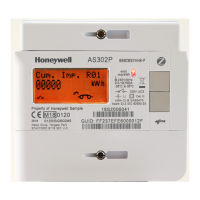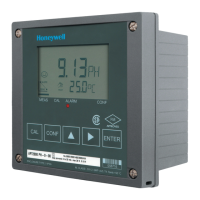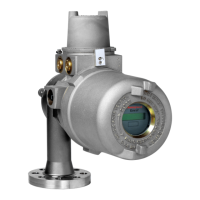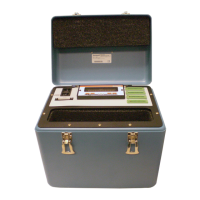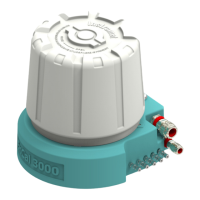53
5.4.4.2.
Application suitability and adaptability
Honeywell lists typical gases for the ACM 150 monitor and its other gas detection products.
The list also identifies limitations. Before using the ACM 150 monitor as a monitor, a
Honeywell applications chemist must provide the software or analytical methods. This
requires an application review, where suitability can be verified. The ACM 150 monitor has
an enormous capacity for monitoring gases. It can accommodate changes in the gases it
monitors. Ask Honeywell about the detectability of gases you need to monitor.
5.4.4.3.
Record keeping
An accurate record must be maintained, correlating each ACM 150 sample point number
to the name of the location of the monitoring point to which it connects. A form to record
those numbers and names is provided in Form 1 on page 61.
Each sample line must also be numbered with the connection point it is associated with.
It is also highly recommended that each line be identified with a location. This identification
is necessary to safely disconnect and replace sample lines during maintenance and
service procedures.
5.4.5. Filters, check valves, and probes
5.4.5.1.
In-line filters
The ACM 150 monitor requires a filter at the inlet of each sample line to protect the tubing
and internal sampling system from particulate accumulation. Honeywell supplies one filter
for each sample port. Install the filters at the sample pick-up point when the tubing is run
to each port.
Leave the cap over the inlet tube fitting if a port is not currently used. If there is no cap,
install a short tubing run with the filter at the inlet. This keeps particulates out of the bypass
orifice, which draws all on ports, used or not.
5.4.5.2.
Check valves for line leak test (optional)
The ACM 150 monitors can perform an automatic Line Leak Test. However, not all users
may want this feature. To implement it, check valves must be purchased and installed,
one per sample port. They may be included with the original order for the ACM 150 monitor
or added later.
The check valves allow flow through the tube inlets to each ACM 150 monitor sample port.
They seal off when air flows in the opposite direction during the Line Leak Test. This
causes pressure to build up in the sample tube. A tube that fails to hold pressure leaks.
The check valves must be installed at or very near the inlet of each sample tube with the
inline filters installed between the tube inlet and check valve. The inline filters also keep
the check valves clean to seal tightly during the Line Leak Test.
5.4.5.3.
Locating the filters and check valves
The inline filters require periodic replacement, and the check valves may require
occasional disassembly and cleaning. Try to locate both items where they are easily
accessible.

